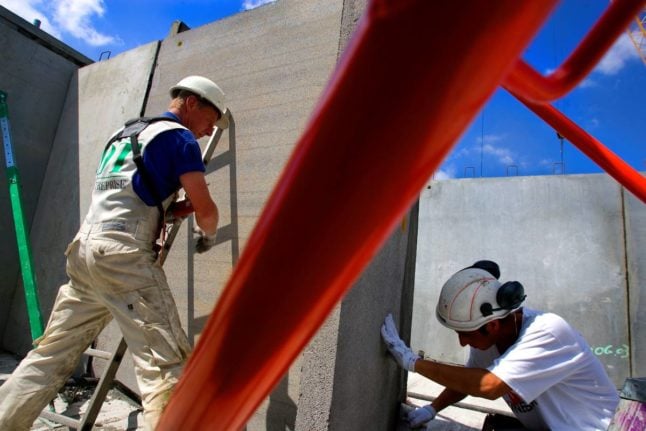A new agreement between the Danish Trade Union Confederation (Fagbevægelsens Hovedorganisation, FH) and Confederation of Danish Employers (Dansk Arbejdsgiverforening, DA) would set parental leave in Denmark at 11 weeks for both the mother and father or second parent.
The set 11 weeks has been termed “earmarked” (øremærket) parental leave because the two parents cannot transfer the leave from one to another, thus enabling one parent to take more than the designated 11 weeks.
Additionally, the mother has a right to four weeks’ pregnancy leave prior to giving birth and both parents can take two weeks’ leave immediately after the birth.
That leaves a remaining earmarked 9 weeks, which can be taken at any time but are tagged to each parent, as are the initial 2 post-birth weeks. If one parent does not use all of their 11 weeks, those weeks lapse.
This represents a significant departure from the model currently in place, which is as follows:
- Pregnancy leave for the mother from four weeks prior to expected birth date.
- Maternity leave for mother for 14 weeks following birth.
- Leave for father or second parent for two weeks following birth (or at any time during first 14 weeks, subject to employer agreement).
- 32 weeks of paid parental leave which can be shared between the two parents, with an optional further 32 weeks unpaid.
Parental leave (totalling a shared 32 weeks under the current system) can be held concurrently or separately, or a combination of the two, depending on how the parents want to organise their time off, childcare needs and so on.
As such, one parent can take as much as 32 weeks’ parental leave if the other does not take any (or only uses their two weeks’ leave post-birth).
READ ALSO: Parental leave in Denmark: how much time can you take off?
In comments to news wire Ritzau, FH deputy chairperson Majbrit Berlau said the proposed model was “the right balance”.
“We are setting fence posts for equality in Denmark by implementing earmarking so that dad is a bigger part of parenthood in the first part of the baby’s life,” Berlau said.
“We hope that with this agreement we can achieve equality in families when parental leave is being planned while also promoting equality for women in terms of equal pay and career opportunities alike,” she also said.
Parliament is scheduled to negotiate earmarked parental leave during the autumn, with a new directive likely to be implemented on January 1st 2022.
FH and DA are both part of an implementation committee set down by the government to provide input prior to negotiations over new legislation.



 Please whitelist us to continue reading.
Please whitelist us to continue reading.
Member comments